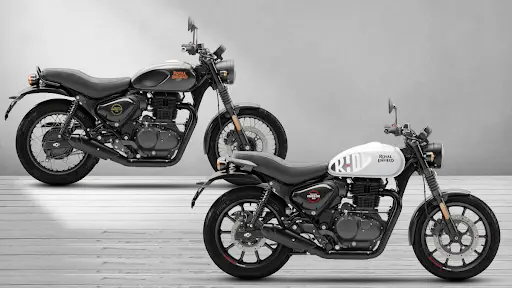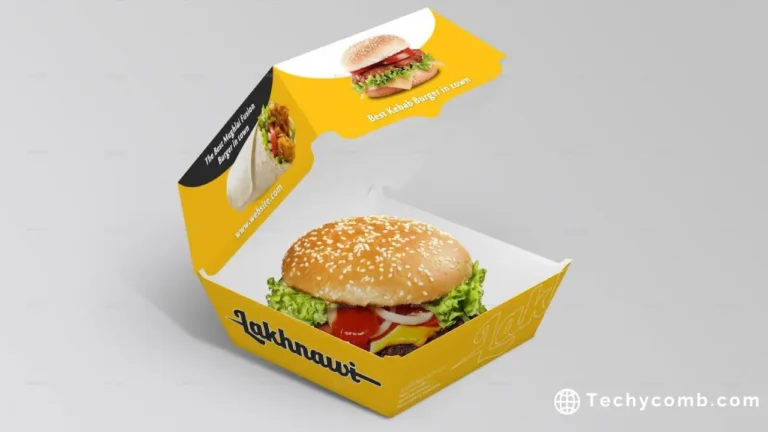Is Royal Enfield Hunter 350 More Reliable Than the GT 650 for Long-Term Use?
When it comes to motorcycles that offer a perfect blend of legacy, performance, and street appeal, Royal Enfield stands out as one of India’s most trusted brands. Among its diverse portfolio, two models — the Royal Enfield Hunter 350 and the GT 650 — cater to different riding styles and audiences. But if you’re someone thinking about long-term ownership, reliability becomes a critical factor.
So, the big question is: Is the Royal Enfield Hunter 350 more reliable than the GT 650 for long-term use? Let’s explore the answer by comparing performance, maintenance, practicality, parts availability, and overall ownership experience — everything that truly matters in the long run.
Understanding the Royal Enfield Hunter 350
The Royal Enfield Hunter 350, introduced as part of RE’s new-generation 350cc platform, is a modern, urban roadster. It is compact, nimble, and designed specifically for daily riders and weekend enthusiasts who want a fun and efficient bike for city and short highway rides.
It shares the same engine as the Classic 350 and Meteor 350 — a 349cc, air-oil cooled, single-cylinder engine that produces 20.2 bhp and 27 Nm of torque. The engine is known for its refinement, smooth power delivery, and low-end torque, making it ideal for regular commutes and casual touring.
With a lighter frame, shorter wheelbase, and low kerb weight of around 181 kg, the Royal Enfield Hunter 350 offers great maneuverability, especially in traffic.
A Quick Look at the GT 650
The GT 650, or Continental GT 650, is Royal Enfield’s take on a retro café racer, boasting sporty styling and a parallel-twin 648cc engine. It is part of RE’s 650cc twins lineup, alongside the Interceptor 650, and delivers significantly higher performance.
Producing 47 bhp and 52 Nm of torque, the GT 650 is a machine built for speed, power, and style. It has a stretched-out riding posture, aggressive stance, and a kerb weight of around 202 kg. While it’s ideal for highway riding and long-distance touring, its city handling is not as practical as the Hunter 350.
Now that we’ve set the stage, let’s compare both bikes based on factors that influence long-term reliability.
1. Engine Longevity and Maintenance
Royal Enfield Hunter 350 is powered by the new-generation J-series engine, which is considered far superior in terms of refinement and durability when compared to older RE engines. The air-oil cooled setup means fewer components, which also translates to fewer things going wrong over time.
The engine is low on stress, revs calmly, and doesn’t heat up too much, even in city traffic. With basic periodic maintenance like timely oil changes, air filter cleaning, and chain lubrication, the Hunter 350 can easily cross 50,000 km without major issues. Spare parts are affordable and widely available.
On the other hand, the GT 650 runs on a more complex 648cc parallel-twin engine with liquid cooling, fuel injection, and dual overhead cams. While the engine is robust and offers thrilling performance, it is more expensive to maintain. The engine runs hotter and is more mechanically demanding than the Hunter 350’s simple setup.
In terms of long-term reliability, the Hunter 350 has a slight edge due to lower maintenance needs and better adaptability to Indian conditions.
2. Ease of Repairs and Spare Parts Availability
For long-term use, the availability and cost of spare parts play a huge role. The Royal Enfield Hunter 350, being a 350cc commuter-focused motorcycle, has a wide service network, abundant spare parts, and easy-to-repair mechanicals. Even roadside mechanics are getting familiar with the new J-platform.
In contrast, the GT 650, while fairly popular, is still a niche product. Its parts are more expensive, and not all Royal Enfield service centers stock 650cc components in bulk. If a breakdown happens in a smaller town or remote location, chances are high that spare parts will need to be ordered or you’ll need to tow the bike to a metro city.
So for those looking for reliability in everyday conditions and nationwide access to service, the Hunter 350 is the more dependable machine.
3. Fuel Efficiency and Running Cost
Fuel efficiency plays a massive role in daily and long-term use, especially in India where fuel prices fluctuate often. The Royal Enfield Hunter 350 returns a real-world mileage of 35–40 km/l, making it an extremely economical choice for regular riders.
The GT 650, on the other hand, offers around 22–26 km/l in real-world conditions. With a 13.7-litre tank and a larger engine to feed, the running cost is significantly higher.
If you plan to keep your bike for 7–10 years and use it daily, the Hunter 350 will prove to be much more cost-effective over time.
4. Comfort and Practicality
When it comes to everyday use, the Royal Enfield Hunter 350 shines with its upright ergonomics, comfortable seating, and city-friendly handling. It’s easy to ride in traffic, easy to park, and comfortable even for short riders. The seat height of 800 mm is manageable for most Indian users.
The GT 650, while great for highway touring, features a café racer stance with low clip-on handlebars and a forward-leaning posture. This puts pressure on the wrists and back during long rides, especially in city traffic. For long-term use, unless you’re exclusively touring, the riding posture may become uncomfortable for regular commutes or senior riders.
So if you’re prioritising riding comfort and practicality over sporty thrills, the Hunter 350 is more reliable for the long haul.
5. Durability in Indian Conditions
Indian roads are unpredictable — from potholes to speed breakers and everything in between. The Hunter 350 is built with these conditions in mind. Its 17-inch wheels, upright suspension setup, and lighter weight allow it to handle rough patches better. It’s also easier to maneuver through narrow lanes, over potholes, and in tight parking spaces.
While the GT 650 is a well-built motorcycle with high-quality components, its lower ground clearance, stiff suspension, and heavier build make it less adaptable to bad roads or off-beat terrains. Its front fairing and twin exhausts also make it more vulnerable to damage in case of minor falls.
Over time, in real-world Indian conditions, the Hunter 350 is more forgiving and durable than the GT 650.
6. Resale Value and Ownership Cost
The Royal Enfield Hunter 350, being more accessible and affordable, attracts a wider audience, making it easier to sell in the second-hand market. Additionally, its maintenance cost remains low throughout ownership.
The GT 650, while loved by enthusiasts, is expensive to buy and maintain. Although it has a niche demand in the used market, selling it may take longer and may not fetch the expected resale value unless it’s in excellent condition.
From an ownership and resale perspective, the Hunter 350 once again proves to be more reliable and practical for the average Indian rider.
Conclusion: Which One Should You Choose for Long-Term Use?
If you’re an average rider looking for a reliable, easy-to-maintain, fuel-efficient, and versatile motorcycle, the Royal Enfield Hunter 350 is a smarter and safer bet for long-term use. It adapts well to urban and semi-urban environments, requires minimal maintenance, and is built to endure the day-to-day challenges of Indian roads.
However, if you’re an enthusiast with a passion for performance, highway rides, and don’t mind higher maintenance costs for the thrill of a twin-cylinder engine, then the GT 650 will offer a different kind of satisfaction — just not as hassle-free for long-term practical usage.
In terms of overall reliability, affordability, and long-term peace of mind, the Royal Enfield Hunter 350 takes the crown over the GT 650.







